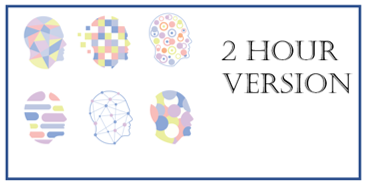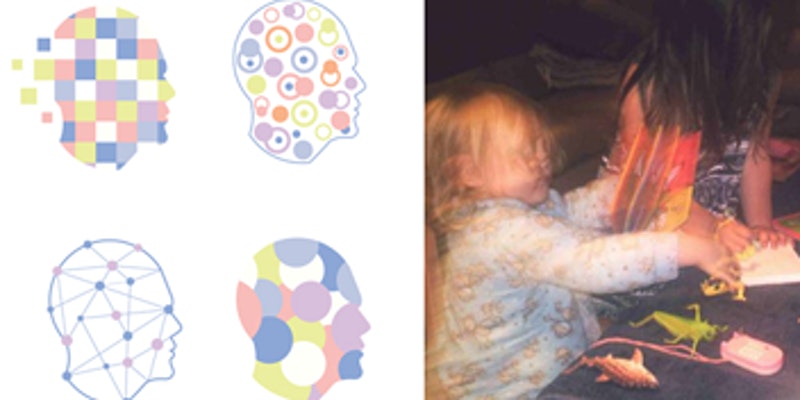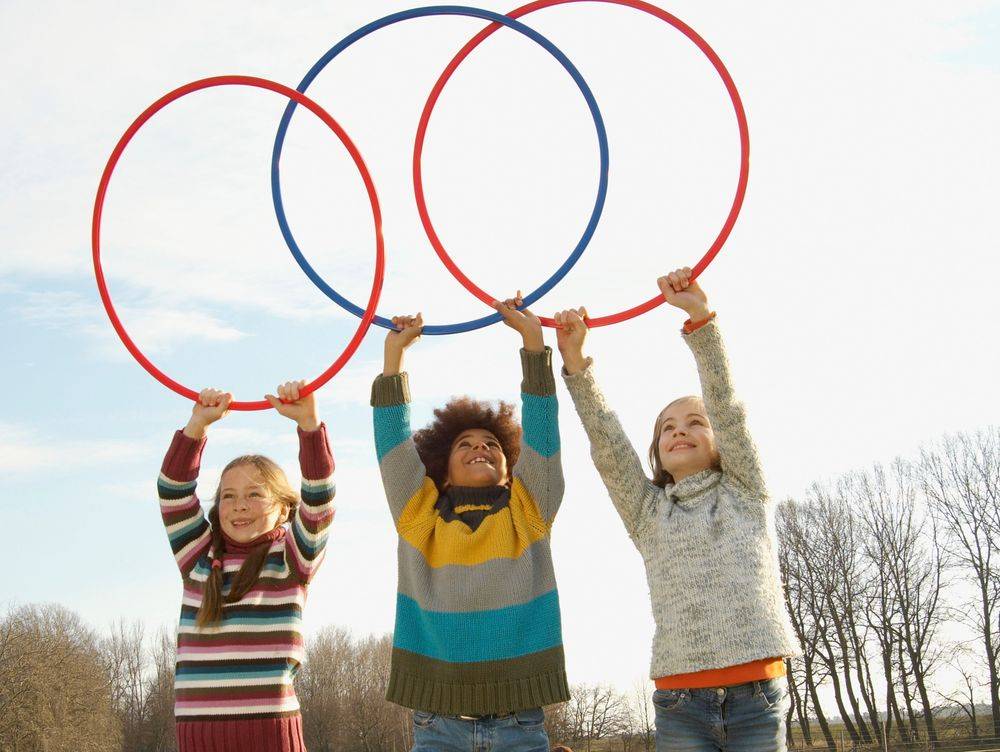About this webinar
There are endless examples of exercises to 'remedy' so called 'retained' primitive reflexes. But, are these reflexes really just movement based? How can certain muscle movements cause fear to recede, or breathing to change, or focus at school to improve? What is really going on? This talk gives you some more information 'behind the scenes' of the usual primitive reflex rehabilitation story.
It is a companion webinar to another in my Neurodevelopmental Series - "Rhythm and Oscillations in Osteopathy - Neurodevelopment and Infant Feeding" in which can now be purchased as a recording on my website: osteobitesize.com

About this event
There are endless examples of exercises to 'remedy' so called 'retained' primitive reflexes. But, are these reflexes really just movement based? How can certain muscle movements cause fear to recede, or breathing to change, or focus at school to improve? What is really going on? This talk gives you some more information 'behind the scenes' of the usual primitive reflex rehabilitation story.
It is a companion webinar to another in my Neurodevelopmental Series - "Rhythm and Oscillations in Osteopathy - Neurodevelopment and Infant Feeding" in which can now be purchased as a recording on my website: osteobitesize.com

THIS USES SOME OF THE SAME MODULES AS THE FULLPAEDS SERIES, SO THE MIDDLE THIRD OF THAT FULLPAEDS SERIES LOOKS AT DECVELOPMENT AND REFLEXES, AND IS INCLUDED HERE. SOME OSTEOPATHS WISH TO LOOK AT DEVELOPMENT, IN THE OLDER CHILD, WITHOUT HAVING TO EXPLORE THE CARE OF INFANTS. IN WHICH CASE THIS SHORT COURSE IS IDEAL. IT GIVES AN INTRODUCTION TO THIS, WITHOUT ALL THE OTHER PAEDS SERIES INFO.
IF YOU WANT TO GO INTO MUCH GREATER DETAIL ABOUT NEURODEVELOPMENT, IMPLICATIONS FOR NEURDIVOERSITY, ETC, THEN YOU CAN FOLLOW THIS SHORT COURSE WITH THE MORE EXNTESIVE 'NEURODEVELOPMENT AND PRIMITIVE RELFEXES' PROGRAMMES, WHICH COVER THIS MATERIAL FRMO A WIDER RANGE, AND A DEEPER PERSPECTIVE, GIVING AN NEHANCVED UNDERSTANDING OF THE CHALLENGES TO NORMAL DEVELOPMENT, HOW TO CONSIDER THE REFLEX STORY, AND HOW TO HAVE AN OSTEOPATHIC APPROACH WITHIN DEVELOPMENT AND DIVERSITY
This is an overview course, from a neurodevelopmental, neurophysiological, neuroceptive and somatoemotional perspective. It goes through various primitive reflexes in the content of child development, not just for motor and movement development, but emotional, language and affective development, from babies through to children. This course also though, gives an overview / introduction to arousal, autonomic tone, sensory motor integration, reflexes and their place, and testing and rehabilitation overview. The content is derived from two specialised modules in the full paediatrics course. This is a really good grounding for clinical practice from an osteopathic perspective.
Please note, the full Neurodevelopment, Primitive Reflexes and Neurodiversity Course, which is also available, expands on this content hugely, and gives much more guidance in terms of practice evidence and research in support of an osteopathic and manual therapy role in this field of care.

- Teacher: Caroline Stone
This course builds on the content within the paeds series but now goes much further It integrates many aspects and gives clear direction for a wide variety of issues, for testing, evaluating, integrating care pathways, for appreciating the lived experiences of people and how to apply osteopathic care perspectives from many angles - including vagal autonomics, balance, vestibular, kinaesthetic, vision, proprioceptive, interoceptive, visceral, microbial, respiratory and sleep dynamics. A whole body and whole person approach for these with retained reflexes and other neurosensory processing dynamics, developmental considerations and more.
